ESPON Conference
“Making the European Territory Open and Polycentric”
Brussels, 29 April 2014
Timing: 10h00 – 15h30
Background
Policymakers in the field of territorial development and cohesion have asked for the development of a future oriented, long-term and integrated vision on the development of the European territory.
In a period of economic and political uncertainty, existing long-term perceptions guiding policy development are challenged. Previous scenarios and policy aspirations may have become obsolete. The speed of change is often faster than our capacity to adapt our previous expectations.
These dynamics have a territorial dimension that influences competitiveness and cohesion in Europe and the balances and structures within the European territory. They also have impact on long-term growth and job opportunities as well as challenges for regions and cities.
In this context, a long-term reference framework for policy thinking, which is informed by evidence and related to the development of the European territory, is considered to be helpful for policy makers in taking decisions today that, in a consistent way, will shape or influence conditions for the next generations.
ESPON has been asked by the 31 countries behind the programme to elaborate a Territorial Vision for Europe in 2050 and possible political pathways that can lead Europe towards this vision. The vision together with the pathways is meant to guide the policy debate on long-term territorial development and provide a coherent European framework for policy initiatives at different decision-making levels.
The ESPON project ET2050 has the challenging task to support this territorial vision-building process. The project implementation used a participatory process involving relevant stakeholders at European, national and regional level. During this conference the ET2050 project will present scenarios and debate vision statements and pathways towards the vision with the aim to adjust and integrate ideas and wishes from the participants.
Objectives
This conference had three major objectives:
- To raise awareness among all relevant stakeholders on the work done and stimulate dialogue and cooperation on the final development of a Territorial Vision for Europe towards 2050.
- To create a sense of ownership of the relevant stakeholders for the Territorial Vision and a shared overall vision, basic assumptions and goals.
- To encourage policy-makers in using the Territorial Vision 2050 in relevant policy processes in need of a long-term European territorial framework.
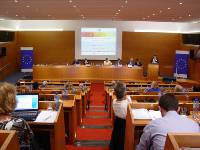 |
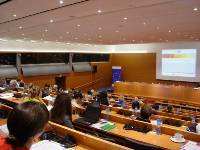 |
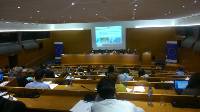 |
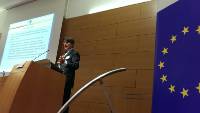 |
Aim and Structure
The conference started with a presentation of the project showing its striking findings for the baseline and exploratory scenarios for Europe in 2030 and 2050. Then two debates took place. The first debate was on the Territorial Vision for Europe in 2050 as an Open and Polycentric Territory. The second debate was on the pathways that can lead Europe towards an Open and Polycentric Territory. Each of the debates started with a short introduction to the topic, followed by statements from the panellists.
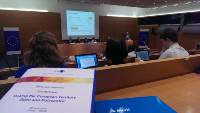 |
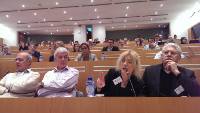 |
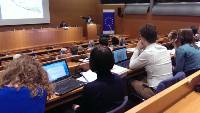 |
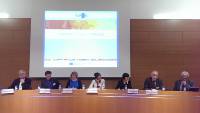 |
Broad Conclusions
The one day conference was a lively and active event which was very stimulating and helpful. The panel members and the audience gave a lot of valuable input that can and will be used to improve and finalise the European Territorial Vision for 2050 and the pathways towards this vision.
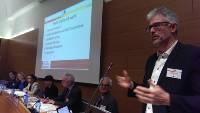 |
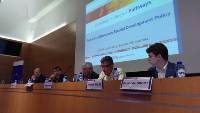 |
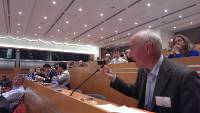 |
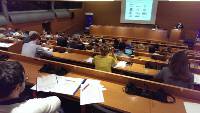 |
In general the vision and pathways as described in the document distributed to all registered participants were appreciated and broadly shared. They are considered to be well embedded in the European Treaties and the current objectives for Europe’s development. Also the focus on an open and polycentric Europe is generally endorsed although it should be clear, also for those not working on territorial cohesion, what this exactly means.
Some conclusions that can be drawn from the comments made during the event are:
- the social dimension of the vision should receive more emphasis,
- the economy should develop into a sustainable economy,
- the territorial vision and pathways should be further developed, become more clear, and in particular more territorial,
- the current pathways are considered too general and should be made one level more detailed to create sufficiently broad interest.
Many of the interventions mentioned territorial phenomena that can be captured in the final text on the vision. Territorialising the pathways will be a bigger challenge and the project team will make intense efforts to meet the expectations.
The uptake of the vision will largely depend on selling good ideas that can be used by policy makers on European, national and regional level as a guidance framework.
The project will continue building the territorial vision and pathways which will be included in the final report to be delivered at the end of June 2014.
When and Where
The Conference took place on 29 April 2014 in Brussels.
Further information
Please find below the programme, the list of participants, the Vision document and the presentations made during the event.
More photos are available in the next page.
Contact the ESPON Coordination Unit (info@espon.eu) should you need further information.
This Conference is organised within the framework of the
ESPON 2014 Capitalisation Strategy / Actions related to European Seminars and Workshops
“Making the European Territory Open and Polycentric”
Brussels, 29 April 2014
Timing: 10h00 – 15h30
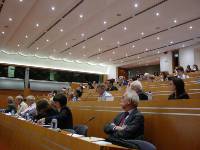 |
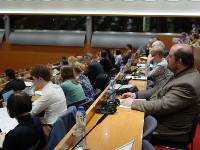 |
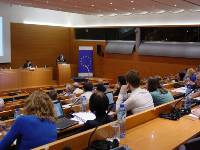 |
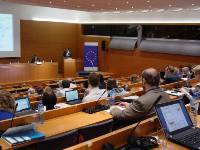 |
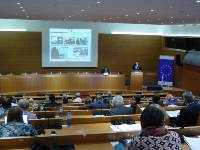 |
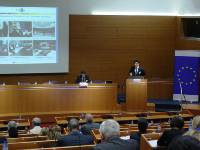 |
 |
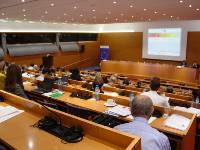 |
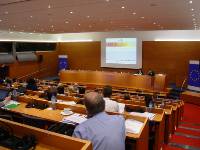 |
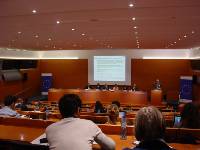 |
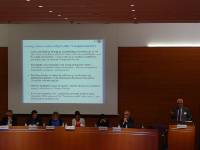 |
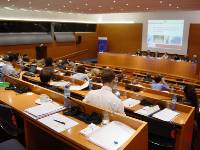 |
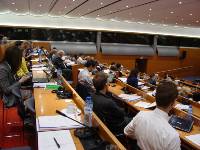 |
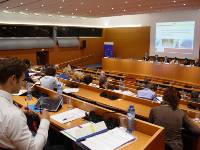 |
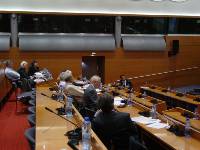 |
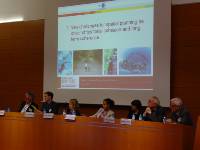 |
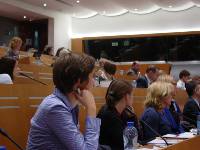 |
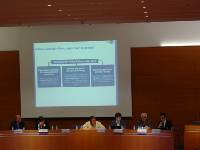 |
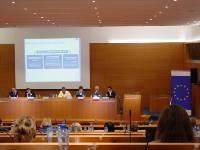 |
 |
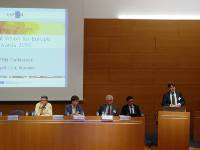 |
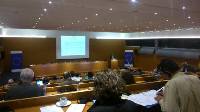 |
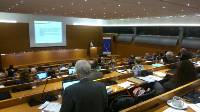 |
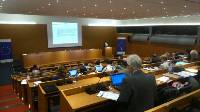 |
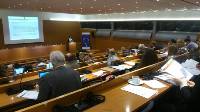 |
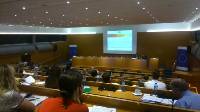 |
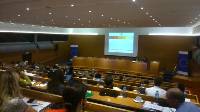 |
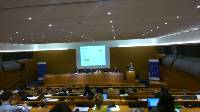 |
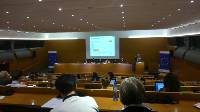 |
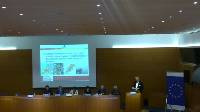 |
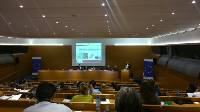 |
 |
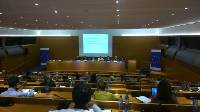 |
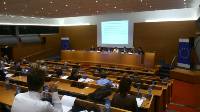 |
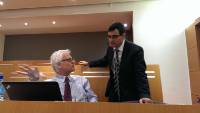 |
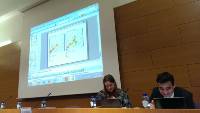 |
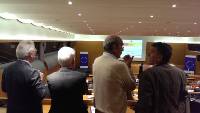 |
 |
 |
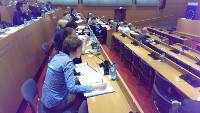 |
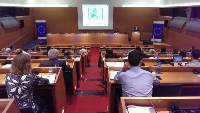 |
 |
 |
 |
 |
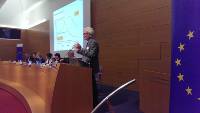 |
 |
 |
 |
 |



